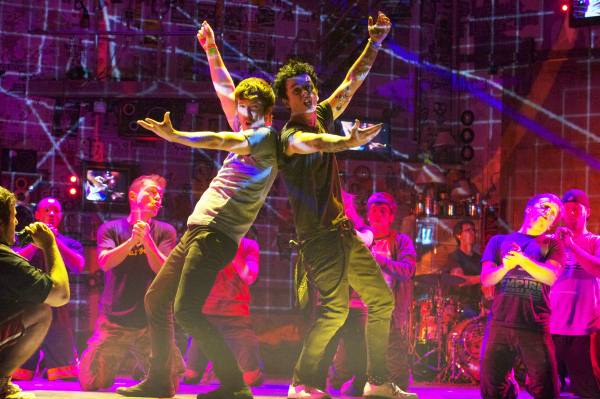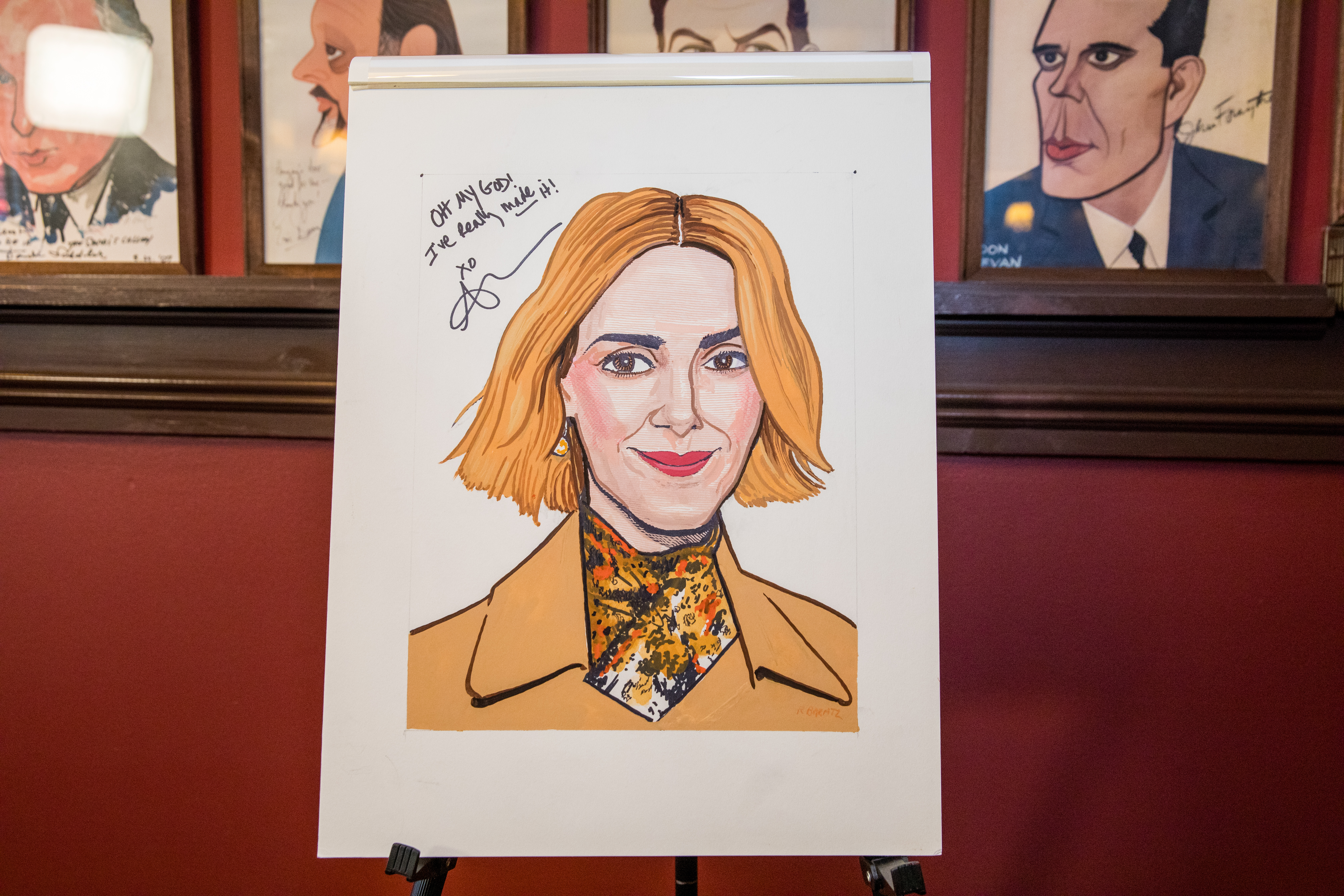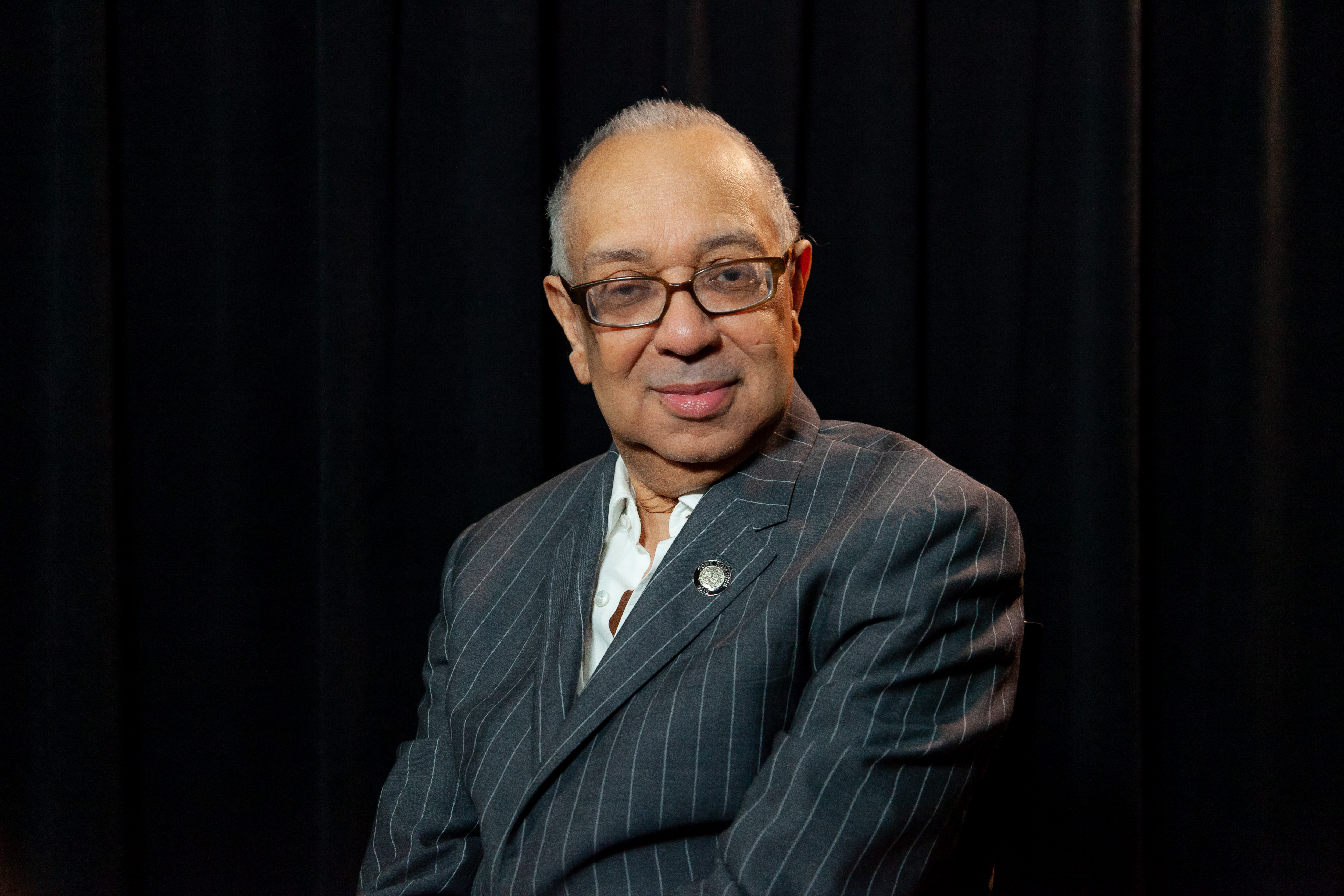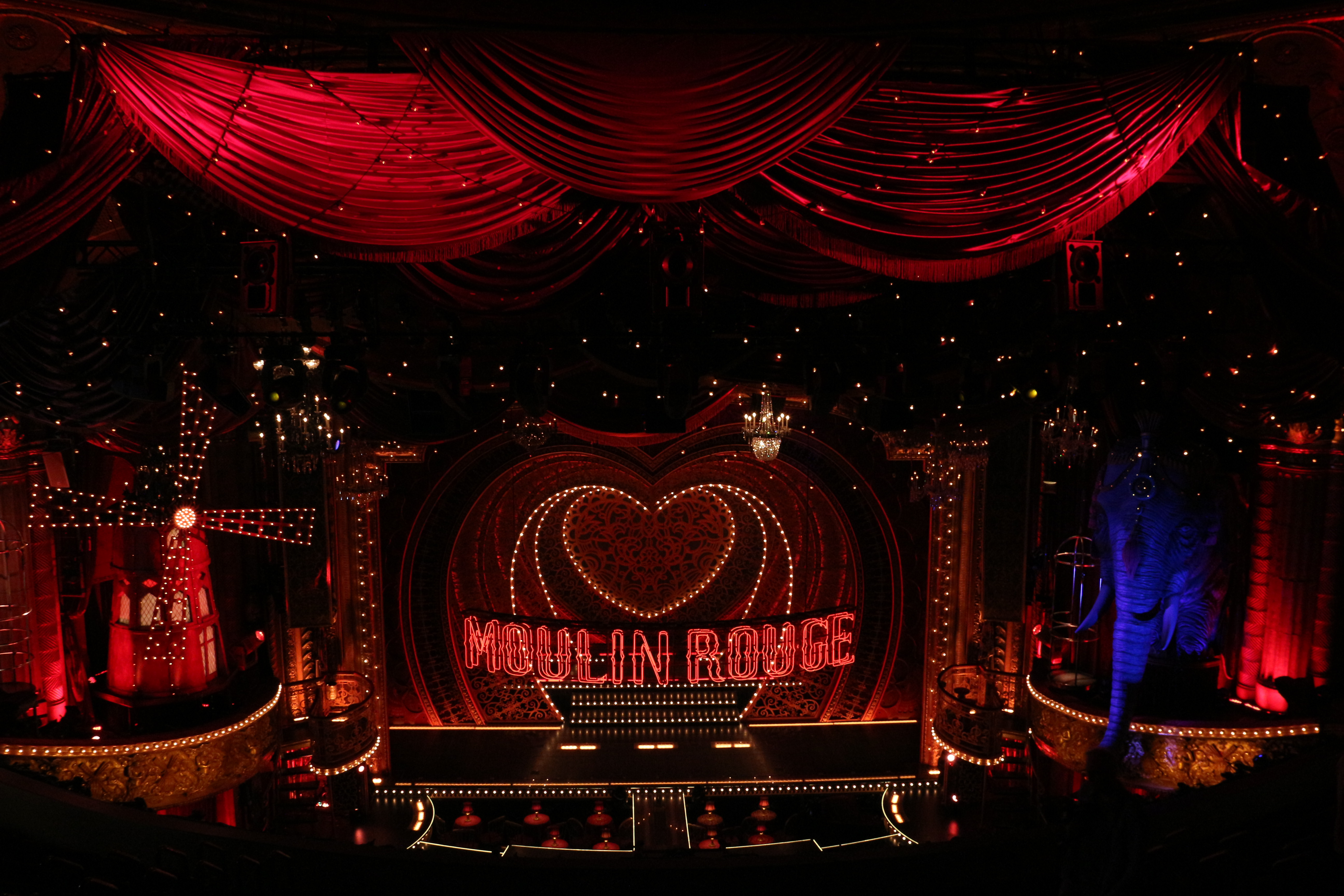Broadway Idiot

(Photo courtesy of BOND Strategy and Influence)
“I never thought I’d end up doing Broadway,” states Green Day front man Billie Joe Armstrong matter-of-factly at the start of Doug Hamilton’s sweet and compelling documentary Broadway Idiot, a look at the creation of the stage musical American Idiot. How wrong Armstrong — songwriter, vocalist, and showman — was. By the time the punk-rock opera, inspired by the Green Day album of the same title, ended its all-too-brief yearlong run at Broadway’s St. James Theatre, Armstrong had gone from mildly interested in the process to starring in the show himself.
Broadway Idiot traces that development in Armstrong’s life and juxtaposes it with stage director Michael Mayer and orchestrator Tom Kitt’s process to bring this piece to the stage. While works like 1970’s Company: Original Cast Album and 2008’s Every Little Step shine a light on individual processes, like recording an album or auditioning for a role, Broadway Idiot is larger than that. This 80-minute piece showcases the collaborative nature of theater possibly better than any documentary to date.
This is evident from the plethora of behind-the-scenes footage Hamilton provides, intercut with B-roll footage from the show itself and the rehearsal process. When we first meet Armstrong, he’s an internationally renowned rock star being approached by Tony Award-winning director Mayer to turn his semi-autobiographical, Grammy-winning album into a stage property. You can see the initial skepticism in his face. Until he sees what Mayer has up his sleeve — a semi-staged, fully-cast-and-orchestrated pitch meeting that nearly brings the rocker to tears.
It was an experience that ended up changing Armstrong’s life. The reasons American Idiot didn’t succeed on Broadway, despite three Tony Award nominations including Best Musical, aren’t explored in the film (we can only chalk it up to high ticket prices and marketing campaigns that never found their footing). Instead, Hamilton opts for an equally valid (though less juicy) journey, following how an exceedingly private rocker discovered an unlikely family in the most unlikely of places.
As the film continues, we travel with Armstrong, Mayer, and American Idiot to Berkeley Repertory Theatre, where the production launched, to the Grammy Awards, where the cast, led by John Gallagher Jr., Michael Esper, and Rebecca Naomi Jones, performed with Green Day — and finally to New York’s St. James Theatre, where it ran for just over a year.
Perhaps the most entertaining moments are not the footage of the production itself (which, while visually stimulating, don’t hold a candle to the visceral experience of seeing it live), but the quiet moments of collaboration between the writer, director, and orchestrator, whose Tony Awards snubs that year are among the most egregious in recent memory. At one point, the three men are just sitting in the theater, singing “Give My Regards to Broadway” and debating the lyrics. Armstrong brings up his background in Sinatra and Cohan; Kitt counters by showing him how much one the American Idiot songs has a similar chord progression to “What I Did for Love” from A Chorus Line.
What they did for love, indeed.










